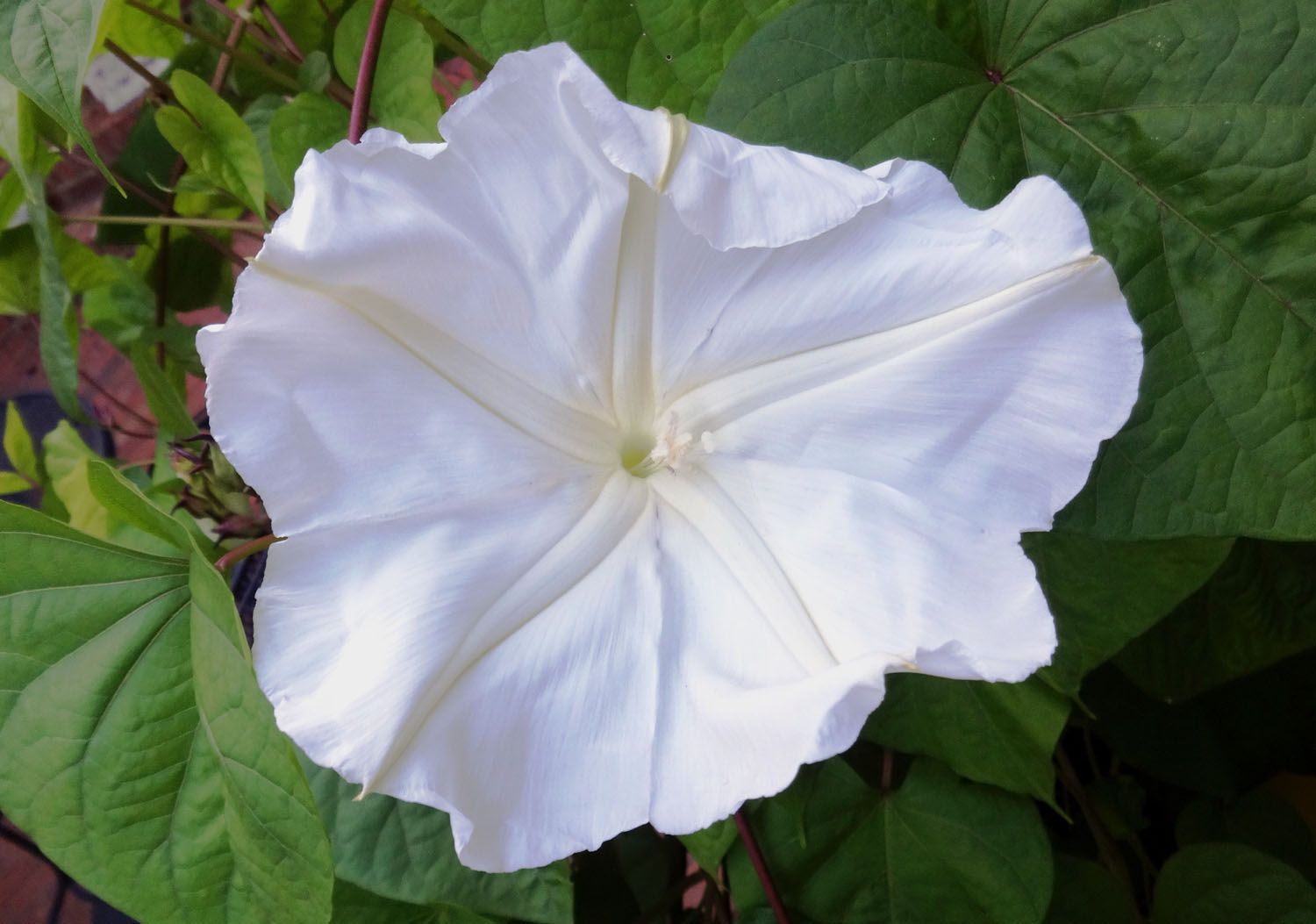Problems still growing as garden season wanes
Published 12:00 am Friday, August 1, 2014
Cooperative Extension receives a number of homeowner questions via phone and email despite the waning growing season. The cooler weather and recent rain seems to have stimulated inquiries. Below are a few questions that you may have pondered.
Question: My wife planted a really beautiful moon flower morning glory. The plant itself has grown like crazy; however, it has only a few blooms sparsely located on the vine. The leaves are beautiful and dark green. She has kept it watered and fertilized all during the summer months. What can she do to the vine have more blooms?
Answer: Moon flower morning glory is closely related to morning glory, a weed that is the bane of many crop and vegetable producers. Ironically, the plant doesn’t bloom well in fertile soils. Don’t fertilize the plant and be patient. The vine will continue to set blooms and bloom until frost.
Question: We live near High Rock Lake and have dirt or mud daubers. The wasps will build their nests continuously on the eaves in the cracks of our gazebo and other strange locations. We have grandkids coming to visit us next week and worried about them stinging the kids. Do these insects sting?
Answer: Mud daubers are solitary insects and generally are not aggressive. Unlike yellow jackets, they rarely sting, but they will sting if they are threatened. The venom from the wasp is primarily used for paralyzing and preserving other insects and spiders. The mud dauber sting is very painful, similar to that of a fire ant. Go to http://www.clemson.edu/extension/hgic/pests/household_pests/biting/hgic2512.html for more detailed information about mud daubers.
Question: I have some crape myrtles and the leaves have black spots, turning yellow and falling off. The ground seems to be covered in the leaves. Is this a disease and can I control it?
Answer: It sounds like your trees may have cercospora leaf spot. It is a foliar disease that grows in wet area areas with limited air movement. Locate the crape myrtles in sunny areas with good air movement. Foliar fungicidal sprays are recommended for chronic problems when the spots first appear in early summer. Go to http://www.clemson.edu/extension/horticulture/landscape_ornamentals/crapemyrtle/culture/pests_cercospora.pdf
Question: I have bees that are continuously harassing my hummingbirds at their feeder. Is there anything I can do to get rid of these insects?
Answer: There is no easy answer with this problem. Dripping feeders attract yellow jackets and other bees. You may want to purchase feeders that feature a basin and doesn’t easily drip. Also, moving the feeders around the yard will often confuse the bees for a few days.
Darrell Blackwelder is the county Extension director with horticulture responsibilities with the N.C. Cooperative Extension Service in Rowan County.





